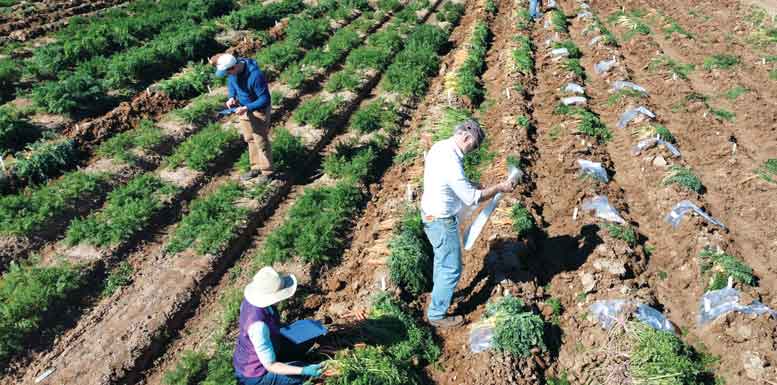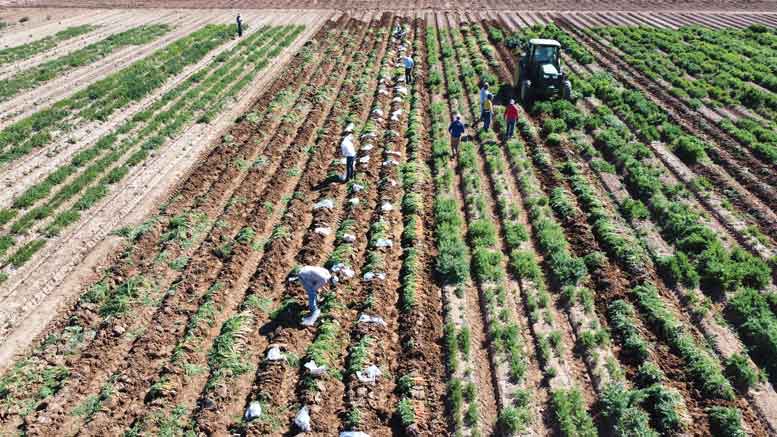|
Click to listen to this article
|
Experimental carrot hybrids with potential nematode resistance attracted the attention of researchers at the annual USDA carrot hybrid trial.
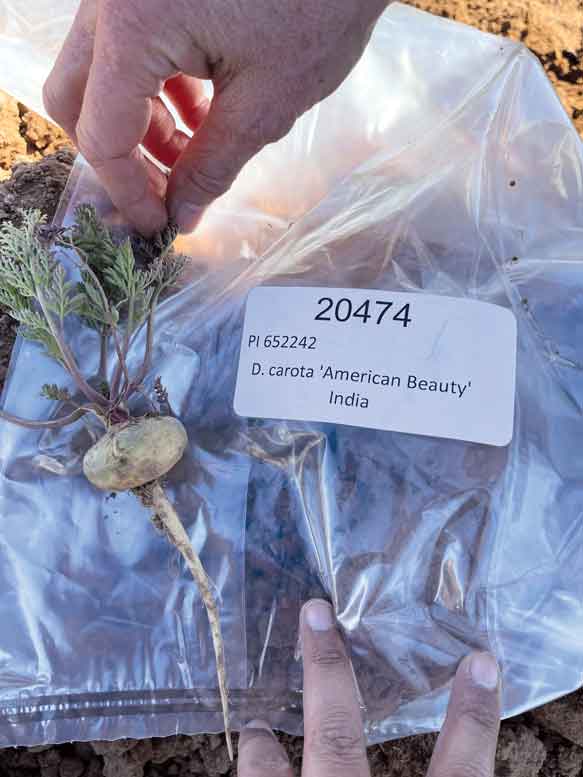
The trial featured 70 cut-and-peel types, 90 cello types and 90 novel types of different sizes, shapes and colors. Entries included commercially available carrot varieties and hybrids from seed companies as well as experimental varieties and hybrids from seed companies and public institutions such as USDA-ARS.
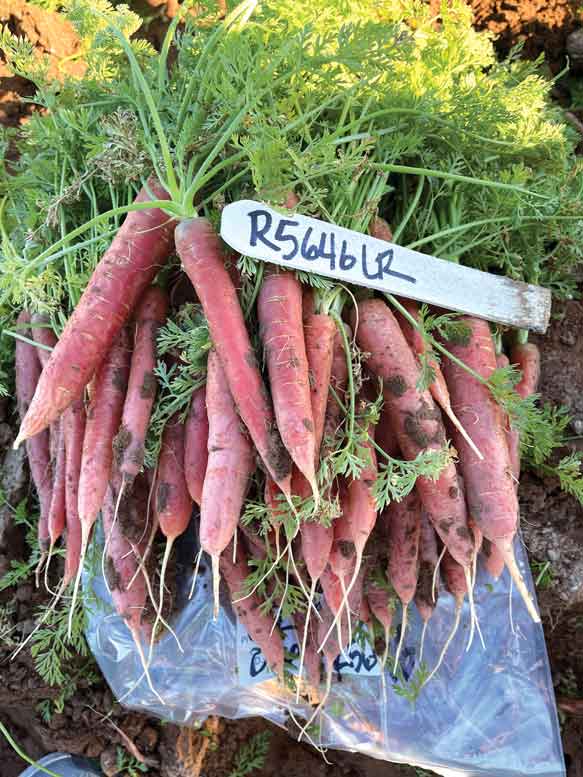
The trial gives carrot producers and breeders a chance to see how hybrids and varieties perform under the same growing conditions and is meant to identify carrot breeding material and eventual new varieties with improved production, quality, and disease resistance qualities.
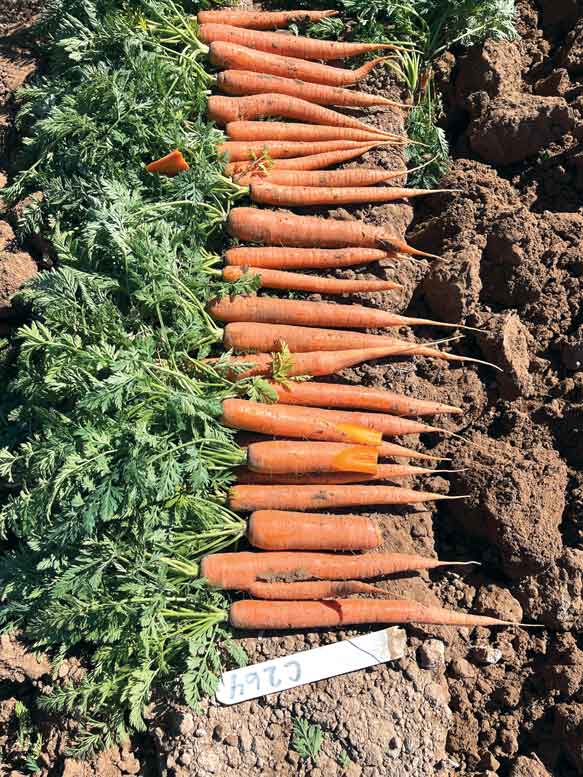
Of note in this year’s trial was the number of cello experimental hybrids from the USDA-ARS program that have parents with nematode resistance. Tom Horejsi with the USDA-ARS in Madison, Wisconsin, who helps set up the trial, pointed out that these hybrids could provide growers with options to produce carrots in soils with nematode infestations.
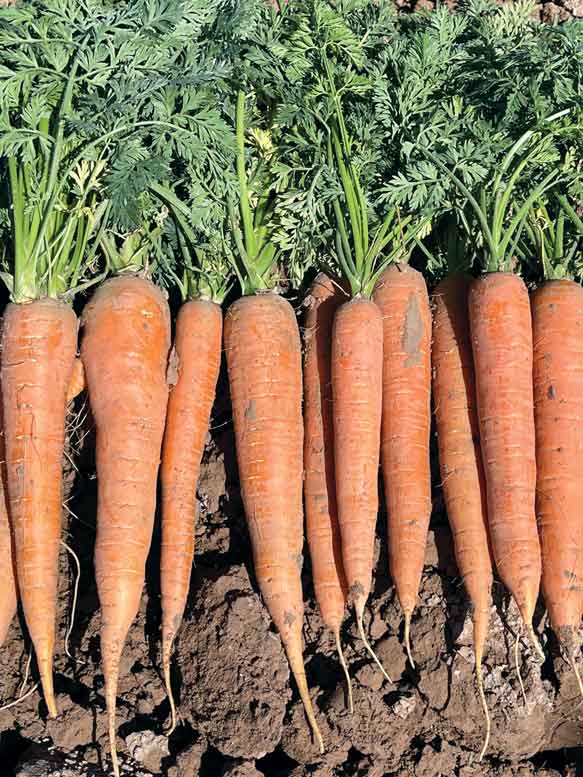
The trial was planted at the University of California Desert Research and Extension Center in El Centro, California, in late October 2021 and harvested in early March. Due to COVID restrictions, the harvest and evaluation of the trial was not open to the public and trial scores will not be posted. However, a limited number of judges did evaluate the trial for traits such as uniformity, shape, color, size and percentage of marketable roots from each entry.
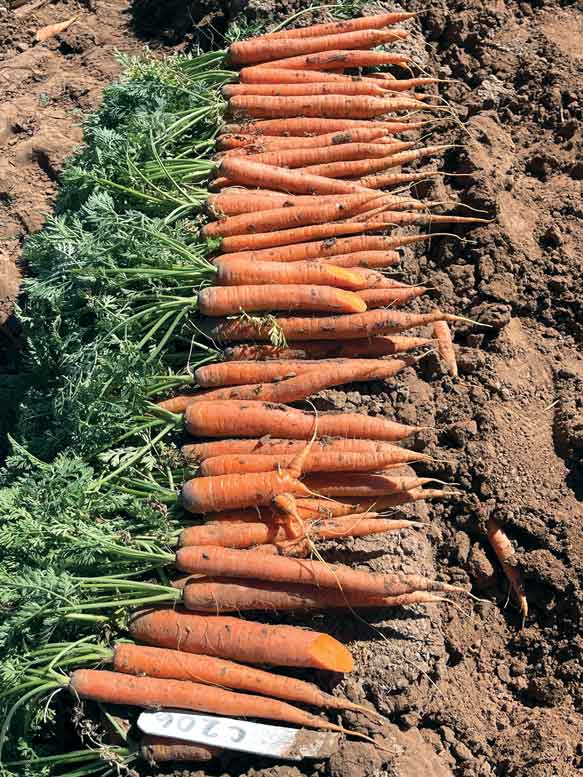
Photos of entries in this year’s trial can be viewed online at www.vcru.wisc.edu/carrottrial. The website also includes trial results going back to 1998. This trial has been ongoing since the late 1960s.
